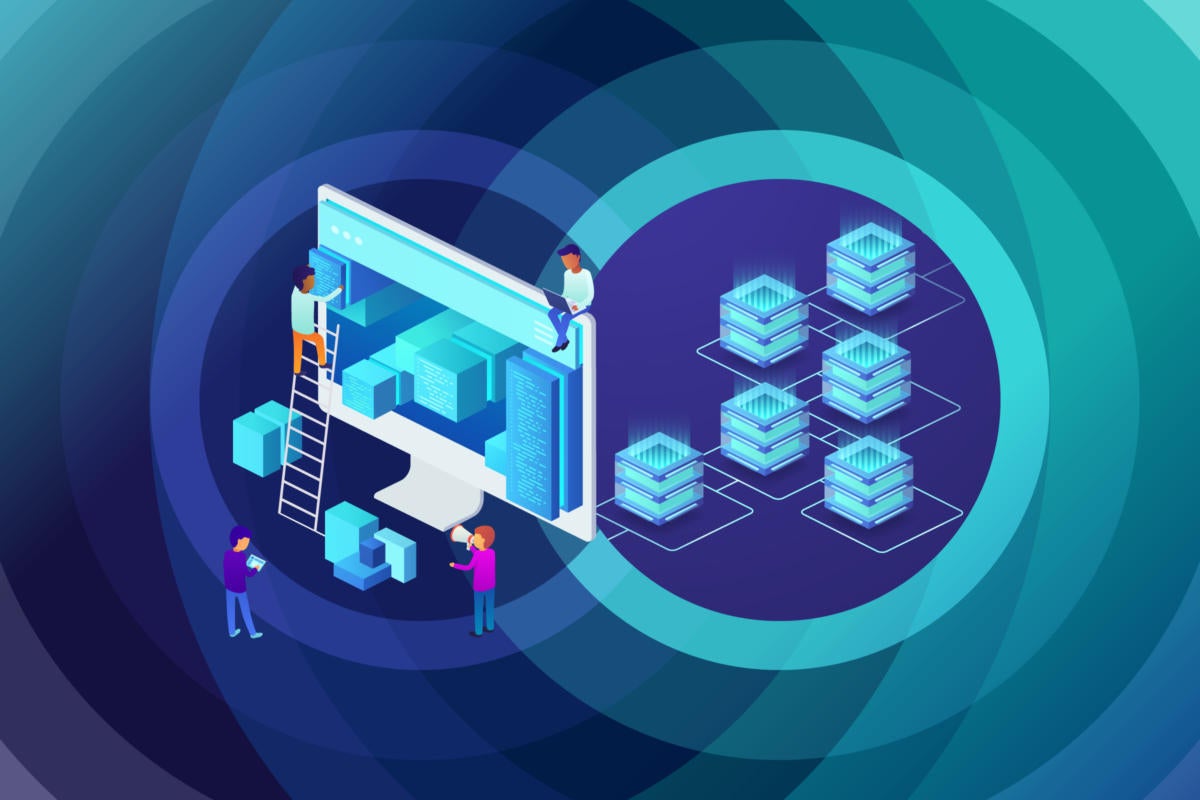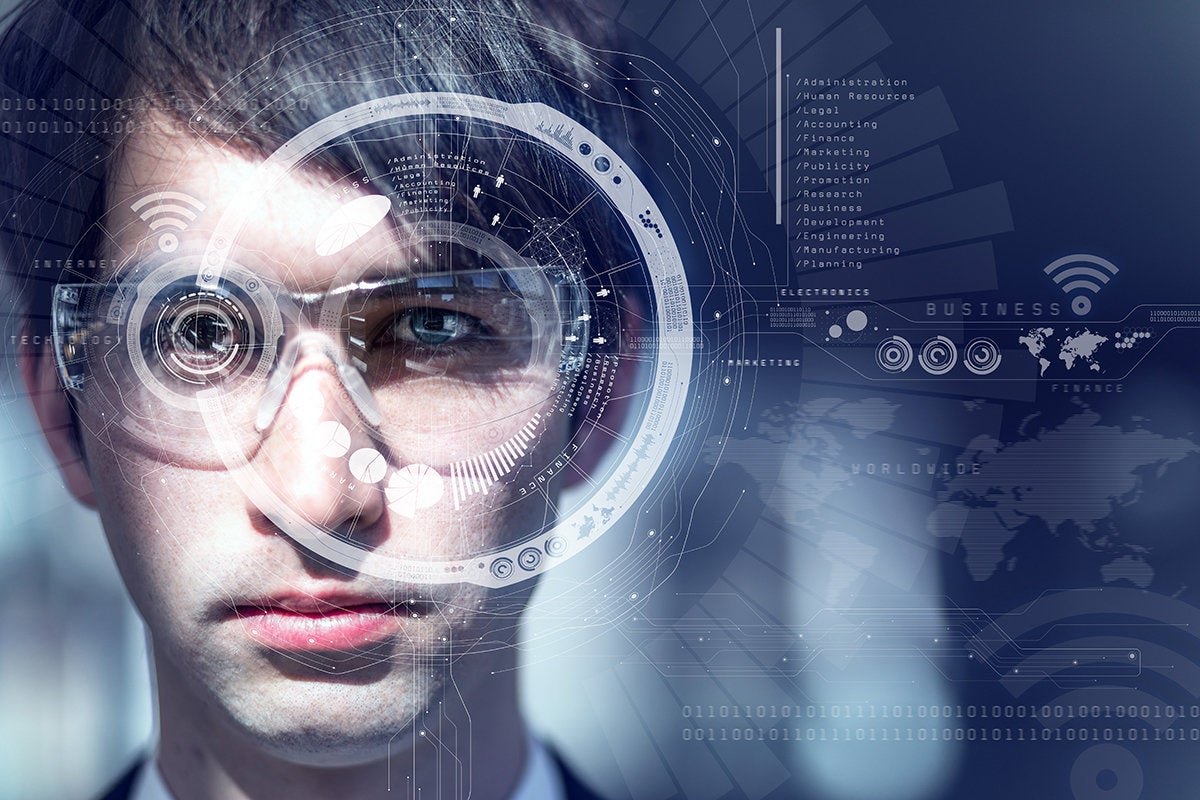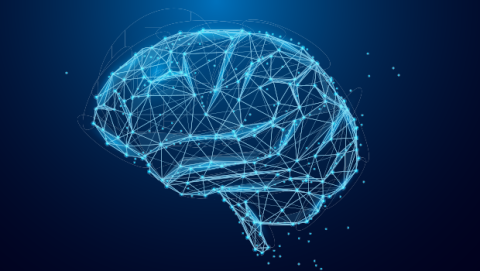Clearview AI ordered to delete facial recognition data belonging to UK residents
:format(webp)/cdn.vox-cdn.com/uploads/chorus_image/image/70899604/acastro_210512_1777_deepfake_0002.0.jpg)
The ICO said Clearview violated several tenets of UK data protection law,
including failing to use data in a way that is “fair and transparent” (given
that residents’ images were scraped without their knowledge or consent),
“failing to have a lawful reason for collecting people’s information,” and
“failing to have a process in place to stop the data being retained
indefinitely.” However, although ICO has issued a fine against Clearview and
ordered the company to delete UK data, it’s unclear how this might be enforced
if Clearview has no business or customers in the country to sanction. In
response to a similar deletion order and fine issued in Italy under EU law
earlier this year, Clearview’s CEO Hoan Ton-That responded that the US-based
company was simply not subject to EU legislation. ... In response to the same
query, Lee Wolosky of Jenner and Block, Clearview’s legal representatives, told
The Verge: “While we appreciate the ICO’s desire to reduce their monetary
penalty on Clearview AI, we nevertheless stand by our position that the decision
to impose any fine is incorrect as a matter of law ... ”
AI for Software Developers: a Future or a New Reality?
On the one hand, AI authors don’t copy anything into the algorithm. On the other
hand, the neural network is incapable of independent thinking. All the code it
produces is a combination of fragments it has seen during the learning phase. It
may even create pieces of code that look like exact copies from the training
dataset. The point is that even pieces that look independent are no more
independent than the copies. The problem is pretty new, and we haven’t seen any
court decisions yet. This uncertainty slows down the progress of product
developers: people don’t want to make significant investments into something
that might become illegal tomorrow. We faced the same issue when creating our
code completion system. In addition to the potential legal limitations, there
were technical difficulties as well. The code we can find in an open-source
repository is in some sense “complete”. It usually compiles, passes simple
tests, has clear formatting, doesn’t contain duplicate blocks or temporary debug
sections. However, the code we have to work with in the editor is not “complete”
most of the time.
What is JPA? Introduction to the Jakarta Persistence API

From a programming perspective, the ORM layer is an adapter layer: it adapts the
language of object graphs to the language of SQL and relational tables. The ORM
layer allows object-oriented developers to build software that persists data
without ever leaving the object-oriented paradigm. When you use JPA, you create
a map from the datastore to your application's data model objects. Instead of
defining how objects are saved and retrieved, you define the mapping between
objects and your database, then invoke JPA to persist them. If you're using a
relational database, much of the actual connection between your application code
and the database will then be handled by JDBC. As a specification, JPA provides
metadata annotations, which you use to define the mapping between objects and
the database. Each JPA implementation provides its own engine for JPA
annotations. The JPA spec also provides the PersistanceManager or EntityManager,
which are the key points of contact with the JPA system
What’s so great about Google’s ‘translation glasses’?

Unlike Google Glass, the translation-glasses prototype is augmented reality
(AR), too. Let me explain what I mean. Augmented reality happens when a device
captures data from the world and, based on its recognition of what that data
means, adds information to it that’s available to the user. Google Glass was
not augmented reality — it was a heads-up display. The only contextual or
environmental awareness it could deal with was location. Based on location, it
could give turn-by-turn directions or location-based reminders. But it
couldn’t normally harvest visual or audio data, then return to the user
information about what they were seeing or hearing. Google’s translation
glasses are, in fact, AR by essentially taking audio data from the environment
and returning to the user a transcript of what’s being said in the language of
choice. Audience members and the tech press reported on the translation
function as the exclusive application for these glasses without any analytical
or critical exploration, as far as I could tell. The most glaring fact that
should have been mentioned in every report is that translation is just an
arbitrary choice for processing audio data in the cloud.
Augmented reality, superhuman abilities and the future of medicine

With AR headsets and new techniques for registering 3D medical images to a
patient’s real body, the superpower of x-ray vision is now a reality. In an
impressive study from Teikyo University School of Medicine in Japan, an
experimental emergency room was tested with the ability to capture whole-body
CT scans of trauma patients and immediately allow the medical team, all
wearing AR headsets, to peer into the patient on the exam table and see the
trauma in the exact location where it resides. This allowed the team to
discuss the injuries and plan treatment without needing to refer back and
forth to flat screens, saving time, reducing distraction, and eliminating the
need for mental transformations. In other words, AR technology takes medical
images off the screen and places them in 3D space at the exact location where
it’s most useful to doctors – perfectly aligned with the patient’s body. Such
a capability is so natural and intuitive, that I predict it will be rapidly
adopted across medical applications. In fact, I expect that in the early 2030s
doctors will look back at the old way of doing things, glancing back and forth
at flat screens, as awkward and primitive.
My Instagram account was hacked and two-factor authentication didn't help

It turns out the combination of the URL on the image and my reply gave them
enough information to take over my account. Now, even when I saw trouble
brewing -- an Instagram e-mail came asking me if I wanted to change my phone
number to one in Nigeria -- I wasn't too worried. I'd protected my account
with two-factor authentication (2FA). While 2FA isn't perfect, it's better
than anything else out there for basic security. But, here's where things went
awry. Instagram should have sent me an e-mail with a link asking me to "revert
this change." Instagram didn't send such a message. Instead, I received
e-mails from security@mail.instagram.com that provided a link about how to
"secure your account." This dropped me into Instagram's pages for a hacked
account, which wasn't any help. ... Argh! I followed up with Instagram's
suggestions on how to bring my account back. I asked for a login link from my
Android Instagram app. I got one, which didn't work. Next, I requested a
security code. I got one. That didn't work either, no doubt because -- by that
time -- the account was now responding to its "new" e-mail address and phone
number.
What Gen Z and millennials want from employers

“The recurring theme with Gen. Z — beside the compensation piece — is the
focus on workplace flexibility and mental health. Those are two places we see
a huge divergence form other generations,” Remley said. “If we’d talk to
Boomers or Gen Xers concerning mental health benefits, they would say that’s
my business and not my employer’s business. Whereas, Gen Z is wanting
assistance with mental health from their employers.” Benefits ranked high in
both surveys as reasons workers are drawn to and want to remain with an
organization. At the top of the list: good mental healthcare and healthcare
benefits in general. And, employers do seem to be making progress when it
comes to prioritizing mental health and well-being in the workplace, Deloitte
reported. "More than half agree that workplace well-being and mental health
has become more of a focus for their employers since the start of the
pandemic. However, there are mixed reviews on whether the increased focus is
actually having a positive impact," Deloitte's report stated.
Q&A: What CDW UK has planned for 2022
Innovating for sustainability will continue to be a key focus for us and our
customers, and we are committed to finding new ways to help them on their
journeys to net zero in any way we can. Not only does focusing on
sustainability ensure business continuity by conserving resources but
customers and employees want to buy from and work for companies that share
their values. We believe sustainability is a shared responsibility and we want
to set a strong example. Through our beGreen program, we provide coworkers
with the platform to share ideas and take collective action to improve our
environment. Areas of focus include coworker education, community awareness,
recycling and resource conservation. The program is managed by a
cross-functional team of coworkers from multiple CDW locations. This team
collaborates internally and with members of the communities where we operate.
Sustainability can no longer be a secondary consideration, which is why we’re
also in the process of developing a global plan to make realistic, attainable
and strong commitments to being a more sustainable organisation ourselves,
while working with our partners and customers to do the same.
IDaaS explained: How it compares to IAM
IDaaS isn’t all sunshine and rainbows though, and organizations much account
for some major considerations when evaluating it. If identity is truly the new
perimeter, adopting IDaaS gives some level of control of your perimeter to an
IDaaS service provider. This is similar to the shared responsibility model
concept in cloud computing but extended further up the stack from not just
infrastructure but to critical things such as identities, permissions, and
access control. Some of the benefits cited in the above table can now
potentially be a vice or point of contention depending on your organizational
requirements and security sensitivity. Since you are consuming the application
and system associated with IAM, you now are limited to the permissions the
providers offering includes and likely have limited ability to alter the way
the offering functions. This is due to the reality that the IDaaS provider
offers their interface/application to many customers and can only have so much
customization without losing the ability to have a standardized
offering.
Building a learning culture with AI

The first element is an AI model, which uses both internal and external data
to assess competencies against a core skill set we are seeking to assess and
develop; e.g., a full-stack engineer. It compares employees’ skill sets to
someone in a similar role or title in the external marketplace on a scale of 1
to 5. We also pull in internal data sources, such as Jira and Workday, which
contain information from their resumes, for example. That helps strengthen the
accuracy and correlation of the model. The second element used to assess skill
sets is an employee self-assessment. Employees receive the results of the AI
model, and they validate whether they believe their skills are in line with
the AI assessment. The final prong is the manager assessment, in which the
manager rates the skills of that individual employee. This approach to
assessing skill sets has been valuable for several reasons. First, it ensures
the use of objective information in the evaluation process, reducing the
influence of subjective views that managers may have, based on limited
interactions with employees.
Quote for the day:
"One of the sad truths about
leadership is that, the higher up the ladder you travel, the less you know."
-- Margaret Heffernan
No comments:
Post a Comment